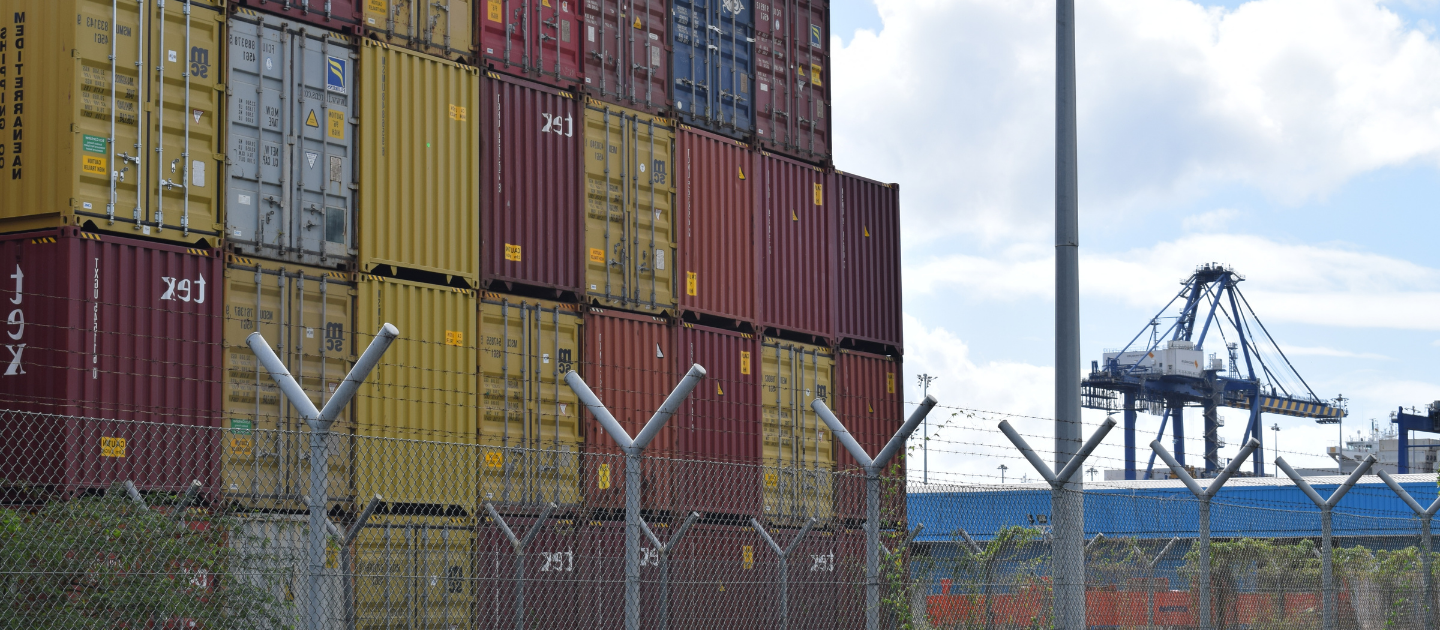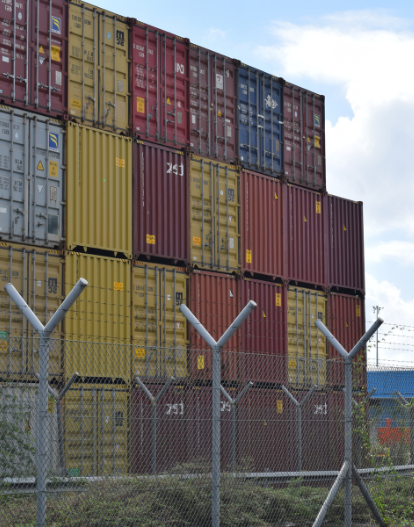

Common Market for Eastern and Southern Africa (COMESA)
COMESA is an established organisation of free independent sovereign states which have agreed to co-operate in developing their natural and human resources for the good of all their people.
Breadcrumb
- Home
- International Agreements
- Common Market for Eastern and Southern Africa (COMESA)
- Southern African Development Community (SADC)
- Double Taxation Avoidance Agreements
- Investment Promotion and Protection Agreements
- Tax Information Exchange Agreements (TIEAs)
- Common Market for Eastern and Southern Africa (COMESA)
- African Continental Free Trade Area (AfCFTA)
- Mauritius-China Free Trade Agreement (FTA)
- Comprehensive Economic Cooperation and Partnership Agreement (CECPA)
Common Market for Eastern and Southern Africa – COMESA
Common Market for Eastern and Southern Africa – COMESA was established in 1994 to replace the former Preferential Trade Area (PTA) which had existed from the earlier days of 1981. COMESA was established as an organisation of free independent sovereign states which have agreed to co-operate in developing their natural and human resources for the good of all their people. COMESA launched a Free Trade Area (FTA) in October 2000 which implies the elimination of Non-Tariff Barriers (NTBs) and the simplification of COMESA Rules of Origin and Value Added Criteria.
The aims and objectives of COMESA are to become a fully integrated regional Economic Community within which all Member States co-operate to achieve economic prosperity through sustainable growth and high standard of living for its people, promote peace, security and stability in order to enhance economic development in the region; and facilitate and enhance the free movement of goods, services capital and labour across national geographical borders.
Institutional Structure of COMESA
The Authority of Heads of State and Government and the Council of Ministers are the main decision-making organs of COMESA. The Authority is the supreme Policy Organ of the COMESA and is responsible for the general policy, direction and control of the performance of the executive functions of the Common Market and the achievement of its aims and objectives
The Secretariat is based in Lusaka, Zambia. It is headed by a Secretary General who is appointed by the Authority for a term of five years and is eligible for re-appointment for a further term of five years. The basic function of the Secretariat is to provide technical support and advisory services to the Member States in the implementation of the Treaty. It undertakes research and studies as a basis for implementing the decisions adopted by the Policy Organs
Benefits COMESA offers
- A wider, harmonised and more competitive market
- Greater industrial productivity and competitiveness
- Increased agricultural production and food security
- A more rational exploitation of natural resources
- More harmonised monetary, banking and financial policies
- More reliable transport and communications infrastructure
Learn more about COMESA